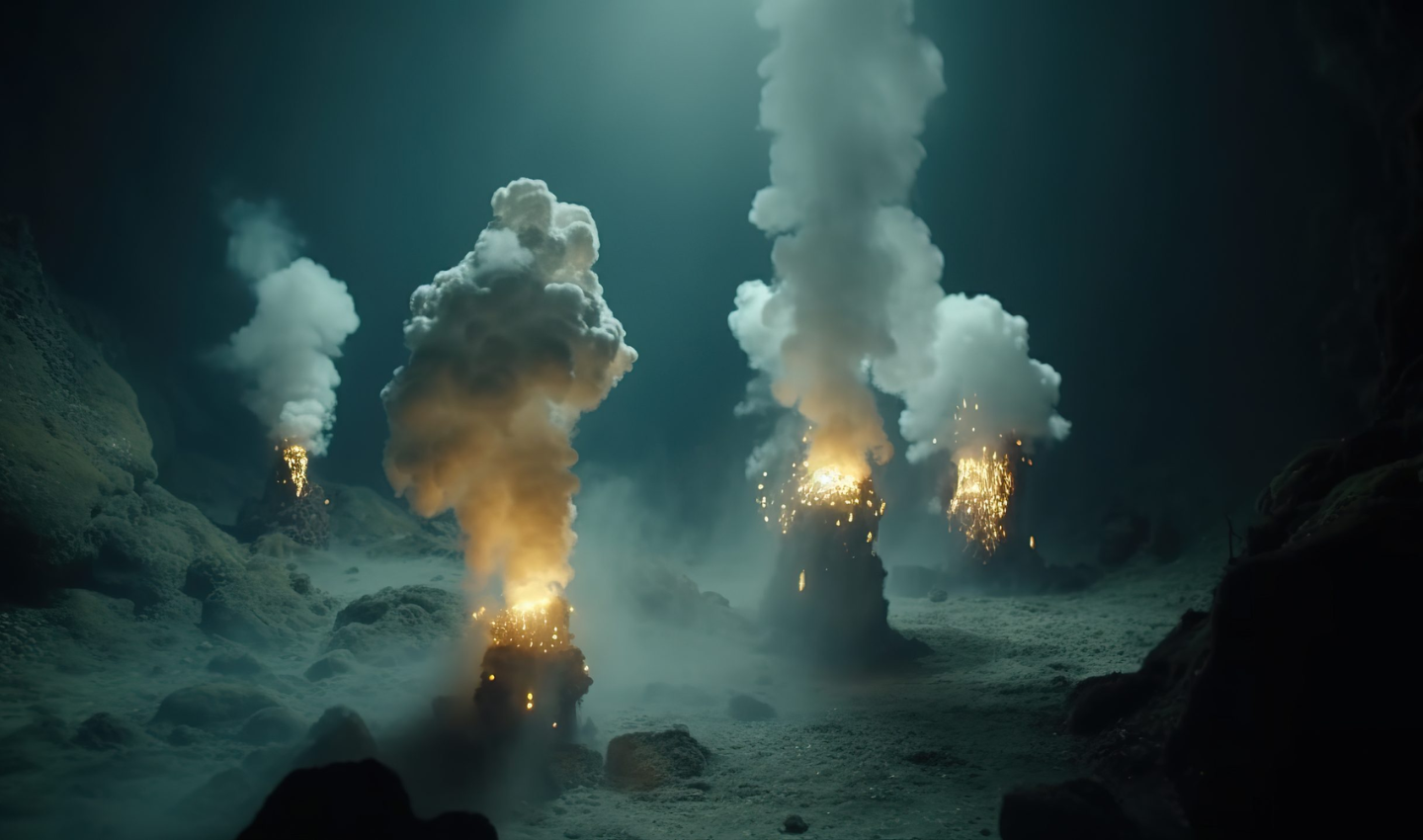What are Earth's 4 spheres?
Atmosphere, Geosphere, Hydrosphere, Biosphere
All energy pathways start with the...
sun
Name 3 different resevoirs of water on Earth
Example answers:
Oceans, ice caps, lakes, groundwater
How is nitrogen gas (N2) removed from the atmosphere?
It is removed by nitrogen fixing bacteria, which converts nitrogen gas into ammonia, which is then usable by plants.
Nitrogen Fixation
What is a carbon sink?
Name 3 examples
Stores carbon
Coal, fossil fuels, oceans, forests, soil
All of Earth's spheres are _______________, meaning what a change in one sphere can cause a change in another sphere.
interconnected, interacting, dynamic
How is the law of conservation of energy related to an energy transfer, such as when a person eats and then goes for a bike ride (chemical energy --> kinetic/mechanical energy)
Energy cannot be created nor destroyed, only transformed from one form to another.
Plants take in carbon dioxide through parts on their leaves called stoma. During this process, some water escapes as vapor.
What part of the water cycle is this describing?
transpiration
What do denitrifying bacteria do?
They return bacteria to the atmosphere by converting NO3 into atmospheric nitrogen (N2).
In what two ways can carbon dioxide return to the atmosphere?
Repsiration, combustion
What is the difference between abiotic factors and biotic factors? Name two examples of each.
Abioitc - nonliving factors in the environment
Biotic - living factors in the environment
Examples will vary
When energy is transferred, some is always lost to its surroundings as _________. This is called _________.
heat, entropy
What role does the sun have in the water cycle?
The sun warms water and causes evaporation
What is the difference between nitrogen fixation and nitrification? How are they similar?
- Both processes involve bacteria
- Nitrogen fixation uses bacteria to remove nitrogen from the atmosphere and into a form used by plants in the soil and its roots
- Nitrification uses bacteria to convert nitrogen compounds in the soil (ammonia/ammonium) into nitrite or nitrates.
What process uses carbon dioxide from the atmosphere?
photosynthesis
Identify which of the 4 spheres are involved in this scenario:
Volcanic vents in the ocean create habitats for creatures that live in or near the intense heat.
Geosphere
Hydrosphere
Biosphere
Explain one energy path of how a toaster could get its energy.
Example:
sun --> water --> dam --> toaster
sun --> solar panels --> toaster
sun --> corn --> ethanol plant --> toaster
Which processes of the water cycle - precipitation, evaporation, condensation, run-off, percolation, and transpiration - might be responsible for helping to clean or filter the water?
percolation
transpiration
evaporation
If the number of denitrifying bacteria decreased what effect would this have on the nitrogen cycle and what types of compounds would accumulate as a result?
This would cause too much nitrgoen to be in the soil, and not enough nitrogen to be in the air. This could cause death for plants and other organisms.
How does death and decay play a role in the carbon cycle?
It creates carbon dioxide that is released when they decay.
It can also be trapped in sediment to form fossil fuels, becoming a carbon sink/storage.
In severe flooding, or storm surge, explain which of the 4 sphere(s) caused this event, and which of the 4 sphere(s) were affected and why.

Answers will vary
Explain how energy is transferred in order to produce wind energy.
solar energy --> light/thermal energy --> kinetic energy ---> mechanical energy
What process(es) of the water cycle - precipitation, evaporation, condensation, run-off, percolation, or transpiration - might contribute to the addition of pollutants to rivers, lakes, and oceans? Why?
run-off - collects pollutants on the ground and places them into the water supply
Explain two consequences of over-using man-made fertilizers containing nitrogen over more natural processes that put nitrogen into the soil such as composting.
Answers may vary
How does our use of carbon sinks/storage affect the carbon cycle?
We are putting more carbon dioxide into the atmosphere, which affects the temperature of the planet (carbon dioxide traps heat).